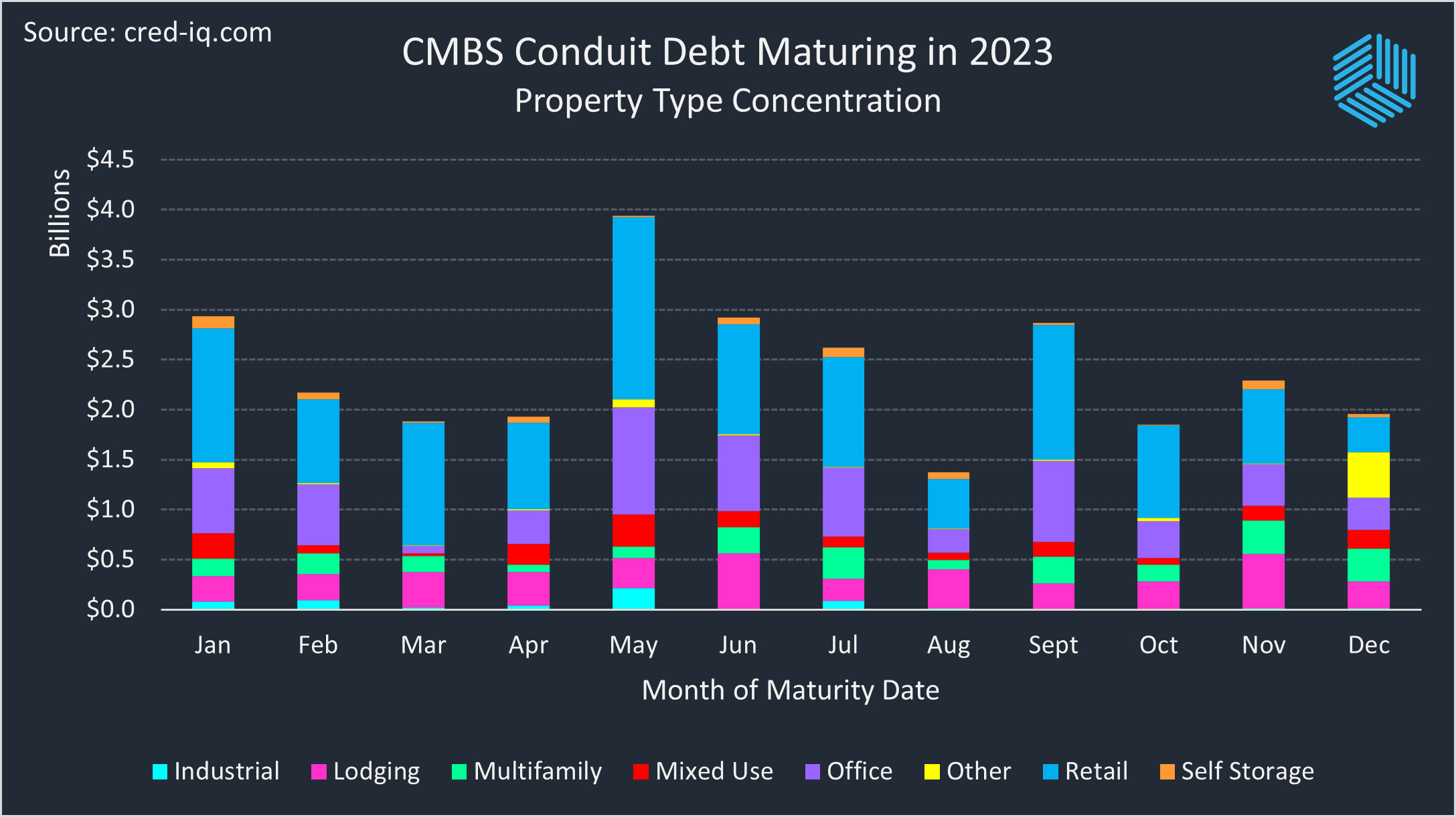Current commercial real estate loans are shaping the landscape of property investment and development. Understanding the intricacies of these loans is crucial for maximizing returns and mitigating risks. This guide provides a comprehensive overview of current commercial real estate loans, empowering you to make informed decisions in this dynamic market.
In this guide, we will explore the current market trends and economic conditions that influence loan terms, delve into the various loan products and structures available, and examine the lender requirements and underwriting process. We will also discuss loan pricing and fees, negotiation strategies, and due diligence considerations.
Case studies and examples will illustrate real-world applications of commercial real estate loans, while emerging trends and innovations will shed light on the future of this ever-evolving industry.
Current Market Trends and Economic Conditions

The commercial real estate market is currently experiencing a period of transition, with the pandemic having a significant impact on loan availability and terms. Interest rates remain historically low, but inflation is rising, which may lead to tighter monetary policy in the future.
Economic growth is expected to continue in the short term, but geopolitical uncertainty and supply chain disruptions pose potential risks.
Loan Products and Structures
There are various types of commercial real estate loans available, including:
- Conventional loans: Backed by private lenders, these loans typically have lower interest rates but stricter underwriting criteria.
- Government-backed loans: Insured or guaranteed by government agencies, these loans offer lower interest rates and more flexible terms.
- Bridge loans: Short-term loans used to finance the purchase of a property while seeking permanent financing.
- Construction loans: Designed to finance the construction or renovation of a property.
Lender Requirements and Underwriting Process
Lenders evaluate loan applications based on various factors, including:
- Borrower’s creditworthiness and financial history
- Property type and location
- Loan-to-value ratio (LTV)
- Debt-service coverage ratio (DSCR)
- Business plan and financial projections
Loan Pricing and Fees
Loan pricing is influenced by factors such as:
- Loan amount
- Loan term
- Borrower’s creditworthiness
- Property type
- Market conditions
Lenders typically charge a variety of fees, including:
- Origination fees
- Closing costs
- Appraisal fees
- Environmental reports
Negotiation and Due Diligence, Current commercial real estate loans
Borrowers should negotiate favorable loan terms by:
- Comparing offers from multiple lenders
- Understanding the loan documents and terms
- Seeking legal advice if necessary
Due diligence involves thoroughly reviewing loan documents and ensuring compliance with all applicable laws and regulations.
Ending Remarks
In conclusion, current commercial real estate loans offer a multitude of opportunities for investors and developers alike. By understanding the market dynamics, loan options, and negotiation strategies Artikeld in this guide, you can unlock the potential of these loans to finance your commercial real estate endeavors.
Remember to conduct thorough due diligence, seek professional advice when needed, and stay abreast of emerging trends to navigate this complex landscape successfully.
FAQ Compilation: Current Commercial Real Estate Loans
What are the key factors that lenders consider when evaluating commercial real estate loan applications?
Current commercial real estate loans offer competitive rates and flexible terms. To find the best mortgage rates in Buffalo, NY, consider exploring options at best mortgage rates buffalo ny . With a range of lenders and loan programs available, you can secure the financing you need for your commercial real estate ventures.
Lenders typically assess the borrower’s creditworthiness, the property’s value and condition, the loan-to-value ratio, the debt service coverage ratio, and the borrower’s experience and track record in real estate.
How can borrowers negotiate favorable loan terms?
Borrowers can improve their negotiating position by providing lenders with a strong loan application, including a detailed business plan and financial projections. They can also shop around for multiple loan offers and be prepared to walk away if the terms are not acceptable.
What are some emerging trends in commercial real estate lending?
Emerging trends include the use of technology and data analytics to streamline the loan process, the growing popularity of green loans and sustainability-linked financing, and the increasing availability of alternative lending options.